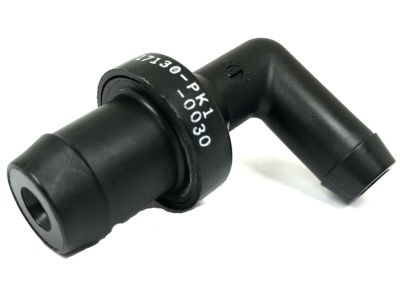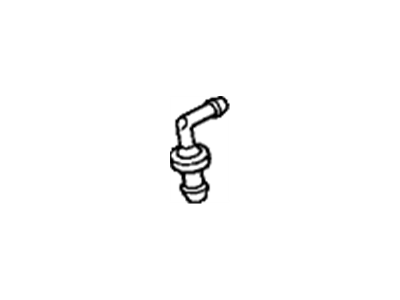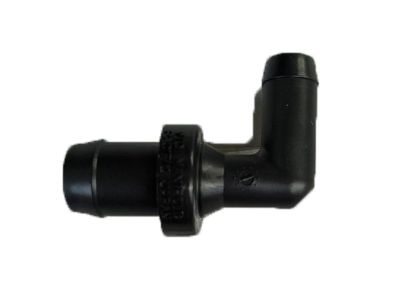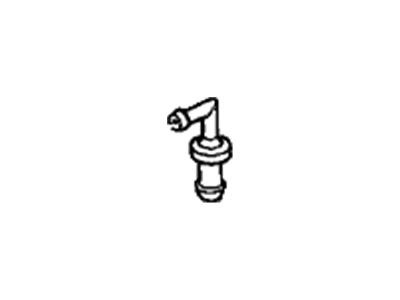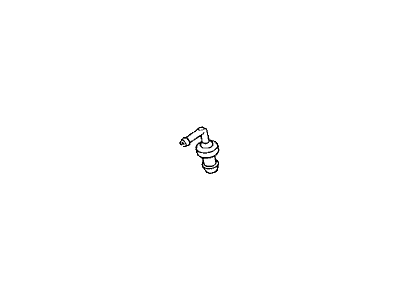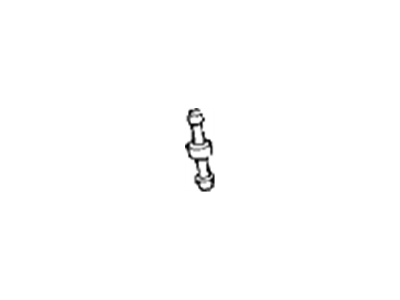×
- Hello
- Login or Register
- Quick Links
- Live Chat
- Track Order
- Parts Availability
- RMA
- Help Center
- Contact Us
- Shop for
- Acura Parts
- Acura Accessories

My Garage
My Account
Cart
Genuine Acura Integra PCV Valve
Position Crank Ventilation Valve- Select Vehicle by Model
- Select Vehicle by VIN
Select Vehicle by Model
orMake
Model
Year
Select Vehicle by VIN
For the most accurate results, select vehicle by your VIN (Vehicle Identification Number).
5 PCV Valves found

Acura Integra Pcv Valve Assembly
Part Number: 17130-PK1-003$34.19 MSRP: $48.84You Save: $14.65 (30%)Ships in 1-3 Business Days
Acura Integra Pcv Valve Assembly
Part Number: 17130-PM6-003$40.59 MSRP: $56.62You Save: $16.03 (29%)Ships in 1 Business DayAcura Integra Pcv Valve Assembly
Part Number: 17130-PM6-G01$29.88 MSRP: $41.67You Save: $11.79 (29%)Ships in 1-3 Business DaysAcura Integra Valve Assembly , PCV
Part Number: 17130-59B-003$43.53 MSRP: $62.17You Save: $18.64 (30%)Ships in 1-3 Business Days
Acura Integra PCV Valve
We provide a broad range of OEM Acura Integra PCV Valve at unbeatable prices on our website. For your OEM parts, You can count on the guaranteed quality, manufacturer's warranty, outstanding customer service, and prompt delivery. We look forward to your visit.
Acura Integra PCV Valve Parts Questions & Experts Answers
- Q: What is the purpose and location of the Positive Crankcase Ventilation (PCV) system,PCV Hose and PCV Valve on Acura Integra?A:The Positive Crankcase Ventilation (PCV) system directs blow by gases from the crankcase through the PCV valve and hose back into the intake manifold so they can be burned in the engine. The system consists of a hose leading from the valve cover to the intake manifold and a fresh air hose between the air cleaner assembly and the valve cover. The PCV valve and hose is located in the intake manifold below the fuel injector rail at the rear of the engine, or in the valve cover, depending on model. With the engine idling at normal operating temperature, pull the PCV valve (with hose attached) from the manifold or hose. Place your finger over the valve opening or hose. If there is no vacuum, check for a plugged hose, manifold port, or the valve itself. Replace any plugged or deteriorated hoses. Turn off the engine and shake the PCV valve, listening for a rattle. If the valve doesn't rattle, replace it with a new one. To replace the valve, pull it out of the end of the hose, noting its installed position and direction. When purchasing a replacement PCV valve, make sure it's for your particular vehicle, model vehicle and engine size. Compare the old valve with the new one to make sure they are the same. Push the valve into the end of the hose until it's seated. Inspect all the rubber hoses and grommets for damage and hardening. Replace them, if necessary. Press the PCV valve and hose securely into position.
